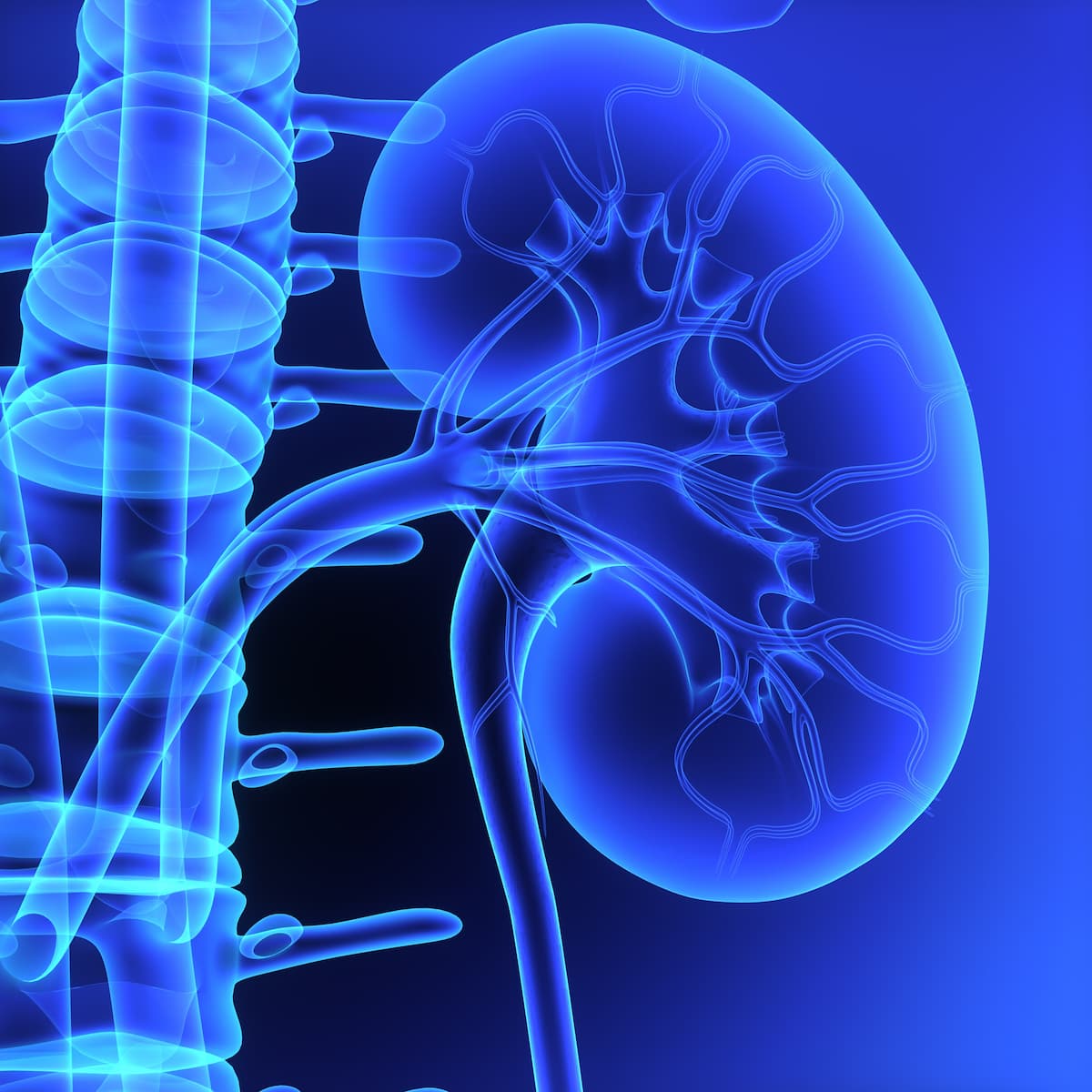FDA Approves New Formulation of Pazopanib Tablets in RCC, Sarcoma
The launch of this pazopanib tablet formulation for patients with RCC or sarcoma is anticipated in the fourth quarter of 2025.
The FDA previously approved reference pazopanib for patients with advanced RCC in October 2009. Additionally, the agency granted approval to pazopanib for those with advanced STS who have previously received chemotherapy in April 2012.

The FDA has approved a new formulation of pazopanib tablets at 200 mg for the previously approved indications of advanced renal cell carcinoma (RCC) and advanced soft tissue sarcoma (STS) managed with prior chemotherapy, according to a press release from the developer, Aurobindo Pharma Limited.1
The developer’s subsidiary company, Eugia Pharma Specialties Limited, is now permitted to market and manufacture pazopanib tablets at 200 mg. This formulation has demonstrated bioequivalence and therapeutic equivalence compared with reference pazopanib (Votrient).
Developers expect to launch this pazopanib tablet formulation in the fourth quarter of 2025.
The FDA previously approved reference pazopanib for patients with advanced RCC in October 2009.2 Additionally, the agency granted approval to pazopanib for those with advanced STS who have previously received chemotherapy in April 2012.3
RCC Data
The approval of pazopanib was based on data from a multicenter, double-blind, phase 3 trial (NCT00387764).4 A total of 435 patients with locally advanced and/or metastatic RCC were assigned 2:1 to receive pazopanib at 800 mg once daily (n = 290) or matched placebo (n = 145).
The primary efficacy end point was progression-free survival (PFS). The study’s secondary end points included overall survival (OS), overall response rate (ORR), and duration of response (DOR).
Across the intent-to-treat (ITT) population, the median PFS was 9.2 months with pazopanib vs 4.2 months with placebo (HR, 0.46; 95% CI, 0.34-0.62). Among the treatment-naïve subgroup, the median PFS was 11.1 months vs 2.8 months in each respective arm (HR, 0.40; 95% CI, 0.27-0.60). In each group, the median PFS was 7.4 months and 4.2 months among patients who received 1 prior line of cytokine-based systemic therapy (HR, 0.54; 95% CI, 0.35-0.84).
Pazopanib yielded an ORR of 30% (95% CI, 25.1%-35.6%) compared with 3% (95% CI, 0.5%-6.4%) among those who received the placebo. The median DOR was 58.7 months (95% CI, 52.1-68.1) in the pazopanib arm; the median DOR with placebo was not evaluable.
Based on the protocol-specified final OS analysis, treatment with pazopanib produced a median OS of 22.9 months vs 20.5 months with placebo (HR, 0.91; 95% CI, 0.71-1.16). Additionally, 30% of patients in the pazopanib arm received at least 1 subsequent line of systemic therapy following disease progression compared with 66% of those in the placebo arm.
Regarding safety, 42% and 36% of patients in the pazopanib arm required dose interruptions and dose reductions, respectively. Common any-grade adverse effects (AEs) among patients with RCC who received pazopanib included diarrhea (52%), hypertension (40%), hair color changes (38%), and nausea (26%).
Sarcoma Data
Investigators assessed the efficacy of pazopanib among patients with metastatic STS previously treated with chemotherapy as part of the phase 3 VEG110727 trial (NCT00753688). Patients were randomly assigned 2:1 to receive pazopanib at 800 mg once daily (n = 246) or a matched placebo (n = 123).
The primary end point was PFS based on an independent radiological review. Secondary end points included OS, ORR, and DOR.
The median PFS was 4.6 months with pazopanib vs 1.6 months with placebo across the ITT population (HR, 0.35; 95% CI, 0.26-0.48). Treatment with pazopanib also reduced the risk of progression or death vs placebo among subgroups of patients with leiomyosarcoma (HR, 0.37; 95% CI, 0.23-0.60), synovial sarcoma (HR, 0.43; 95% CI, 0.19-0.98), and other soft tissue sarcomas (HR, 0.39; 95% CI, 0.25-0.60).
The ORR was 4% (95% CI, 2.3%-7.9%) with pazopanib vs 0% (95% CI, 0.0%-3.0%) with placebo. The median DOR in the pazopanib arm was 9.0 months (95% CI, 3.9-9.2). Final OS analysis data showed a median OS of 12.6 months and 10.7 months with pazopanib and placebo, respectively (HR, 0.87; 95% CI, 0.67-1.12).
Dose interruptions and dose reductions in the pazopanib arm were required for 58% and 38% of patients, respectively. Additionally, the most common any-grade AEs with pazopanib included fatigue (65%), diarrhea (59%), nausea (56%), and decreased weight (48%).
References
- Eugia Pharma receives USFDA Approval for pazopanib tablets, 200 mg. News release. Aurobindo Pharma Limited. December 5, 2024. Accessed December 5, 2024. https://tinyurl.com/yc3jhezn
- FDA approves GlaxoSmithKline’s Votrient™ for advanced renal cell cancer. News release. GSK. October 19, 2009. Accessed December 5, 2024. https://tinyurl.com/bdcm87ec
- FDA approves Votrient® for treatment of patients with certain types of advanced soft tissue sarcoma. News release. GSK. April 26, 2012. Accessed December 5, 2024. https://tinyurl.com/2atwm92e
- Prescribing information. VOTRIENT® (pazopanib) tablets, for oral use. FDA. 2009. Accessed December 5, 2024. https://tinyurl.com/59wcjteu